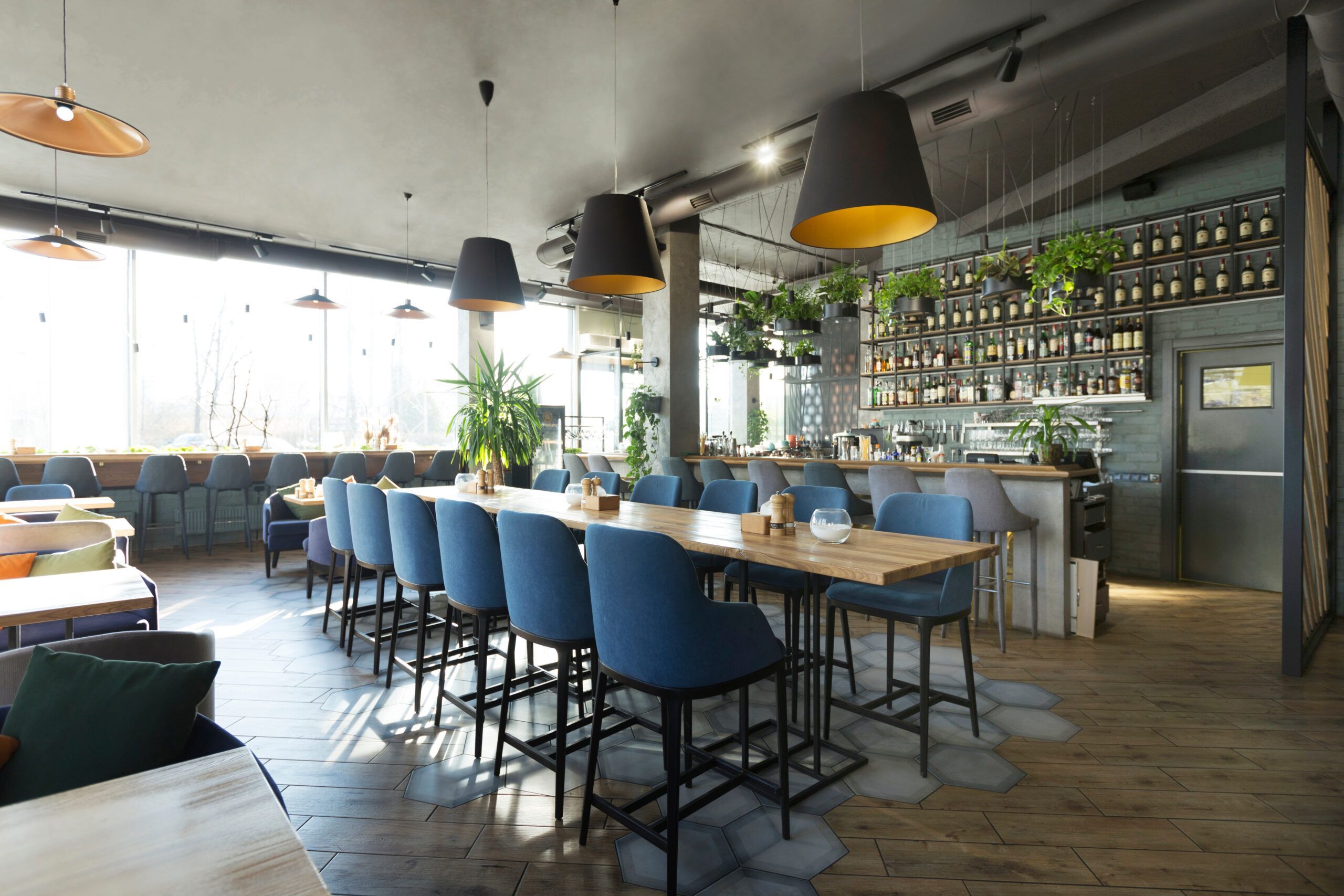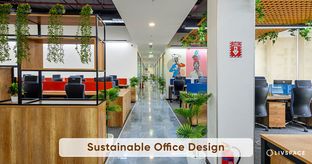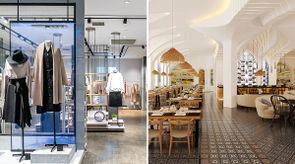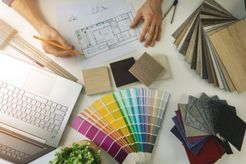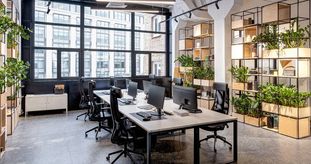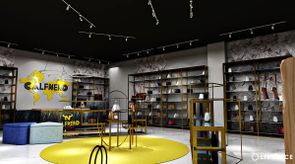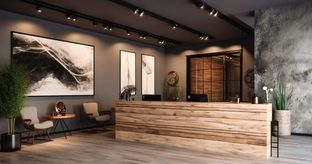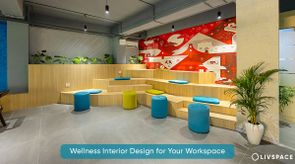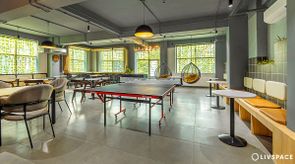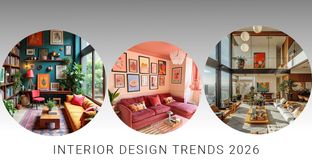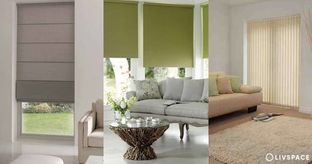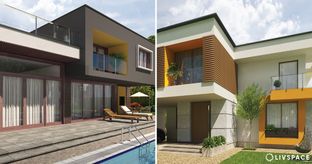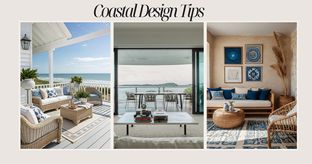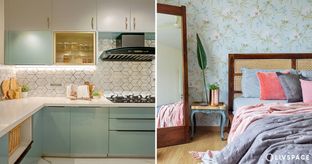In This Article
When it comes to creating a successful restaurant, the interior design is just as important as the menu and service. A well-designed restaurant can enhance the customer experience and increase overall profitability. In this blog, we will discuss the best practices for restaurant interior design, including functionality, branding, feasibility and safety.
The “Functionality First” Approach
The first and foremost consideration of every restaurant interior designer is functionality. The design should be practical and functional, providing a comfortable and efficient space for both customers and staff. This includes ensuring that there is enough space for customers to move around comfortably and for staff to work efficiently. A functional restaurant layout is key to a smooth and seamless dining experience. A good tip to watch out for is to ensure that the service and kitchen spaces are out of sight of the customers, not dampening their dining experience, unless a live kitchen is part of the design theme.
Designing With a Signature Style
The restaurant’s branding and concept should also be considered when designing the interiors. The design should reflect the restaurant’s overall brand, concept and the ambience we try to create. This should be consistent with the restaurant’s menu and overall theme. This includes choosing colours, materials, and furniture that are consistent with the restaurant’s overall aesthetic. A well-designed restaurant interior should be a visual representation of the restaurant’s concept and mission.
Lighting Up the Space: “Creating the Perfect Ambiance.”
Lighting is an important aspect of restaurant interior design. It can greatly affect the ambience of the restaurant and can also influence the customer’s dining experience. The lighting should be bright enough for customers to read menus and see their food but not so bright that it becomes uncomfortable. Additionally, the lighting should be able to be dimmed for different times of day and for special events. A well-designed lighting plan can set the mood and enhance the dining experience.
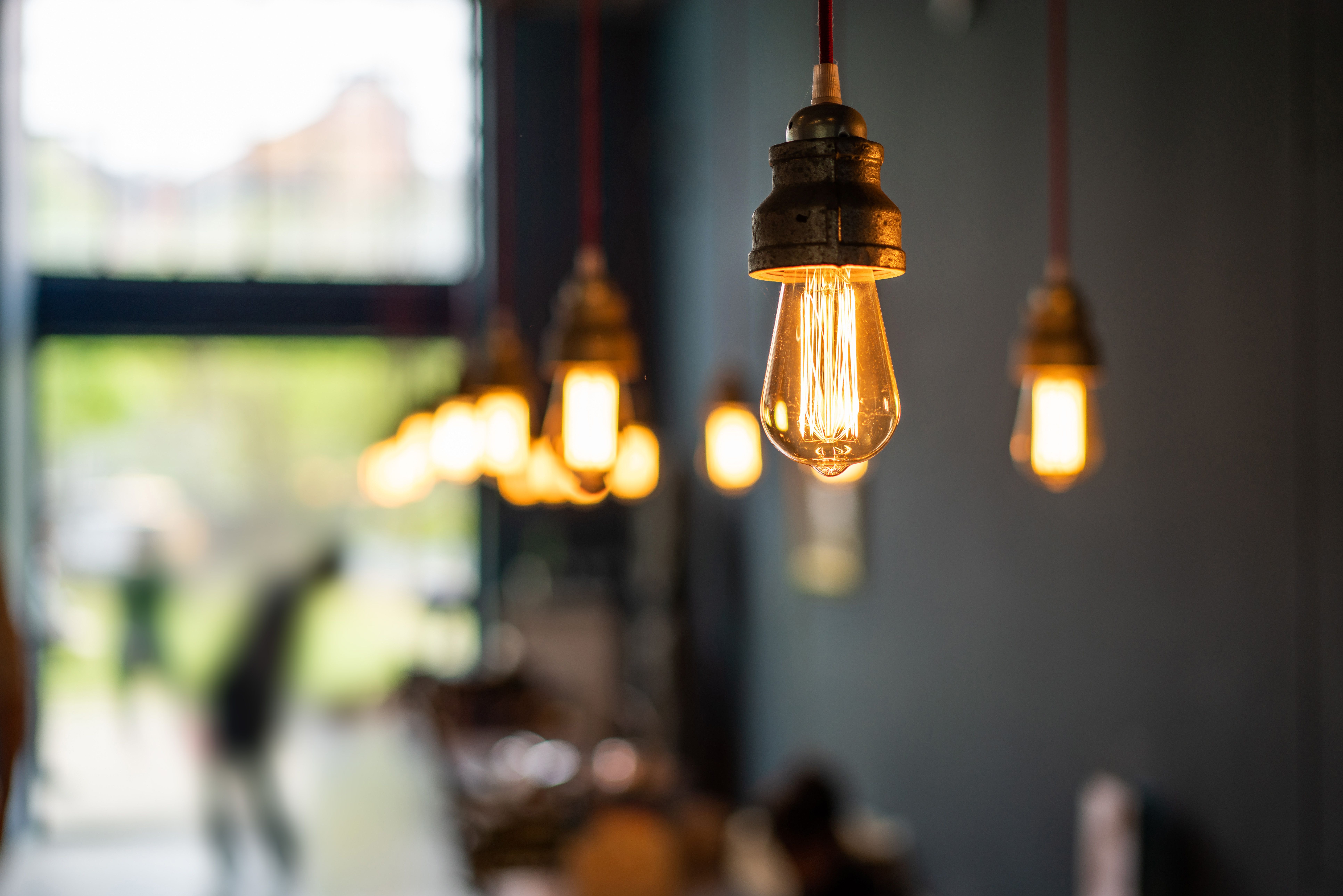
Seating: “Comfort Is Key”
Another important aspect of restaurant interior design is seating. The restaurant should have a variety of seating options, including tables, booths, and bar seating. The seating should be comfortable and provide enough space for customers to move around and enjoy their meals. Another way to ensure comfort is to make the tables spacious. Keep in mind that there should be enough space for all cutlery and utensils. Find the right balance while selecting a table so as to not disrupt the ambiance and cosiness being set. Additionally, the seating should be arranged in a way that maximises the use of space and allows for efficient service. A comfortable seating plan can make all the difference in the customer’s dining experience.
Decor: “The Finishing Touches”
The decor of a restaurant can greatly affect the overall ambience and atmosphere. The decor should be consistent with the restaurant’s overall concept and branding and should also be visually appealing. This includes choosing artwork, plants, and other decorative elements that complement the overall design. A well-designed decor plan can elevate the overall aesthetic of the restaurant.
Music: “Setting the Soundtrack”
Music and sound can also greatly affect the ambience of a restaurant. The restaurant should have a sound system that can play background music at a comfortable volume. Additionally, the restaurant should have a way to control the sound level in different areas of the restaurant, such as the dining room and the bar. The music should be loud enough to set the ambience but not too loud as to being a deterrent to conversation. Finding the balance in sound is essential. A well-designed sound plan can enhance the overall dining experience.
Finishes: “The Foundation of Design”
The finishes of a restaurant, such as flooring, walls, and ceilings, can greatly affect the overall design and ambience. The finishes should be durable, easy to clean, and consistent with the restaurant’s overall aesthetic. Additionally, the finishes should be chosen with the restaurant’s overall concept and branding in mind. Appropriately chosen finishes can therefore set the foundation for an extraordinary and gratifying design compliant to best restaurant interior design practices.
In conclusion, designing for dining is a complex process that requires careful consideration of various factors. By considering these factors and working with experienced restaurant interior designers, restaurant owners and operators can create an inviting and comfortable space that enhances the dining experience for their customers. Ultimately, a well-designed restaurant interior can be the key to success in the competitive world of dining. With the right design, restaurant owners and operators can create a space that sets their restaurant apart, attracts customers and helps drive sales and revenue. So, if you’re planning to open a new restaurant or renovate an existing one, it’s essential to take a strategic approach to get the best restaurant interior design. With the right design, you can create a space that will make your restaurant stand out and help you to achieve your business goals.
At Livspace for Business, our restaurant interior designers are always trying to implement the best practices for your restaurant that put the cherry on top. If you are looking for a partner to help you with best practices in restaurant interior design, simply contact us. Check out our website to learn more.
